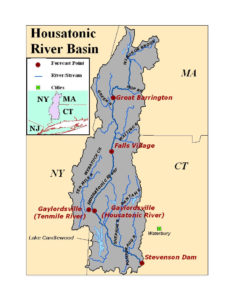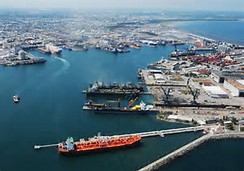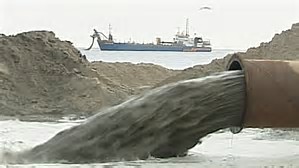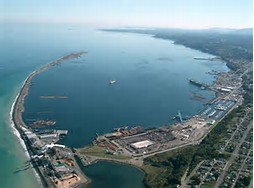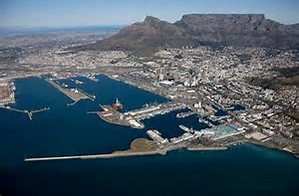Dredging of Housatonic River Will Start This Fall
The U.S. Army Corps of Engineers, New England District, awarded the $9.3 million contract to Cashman Dredging and Marine Contracting Company of Quincy, Mass. The work will be performed over a three to four months between Oct. 1 and Jan. 31, 2018, for shoals inside Milford Point, and between Oct. 1 and Feb. 28 for shoals seaward of Milford Point.
The last dredging of the Housatonic was in November 2012 when the Corps’ dredge Currituck removed about 50,000 yards of shoal material. This project will take nearly 300,000 cubic yards(a cubic yard of sand weighs nearly three tons) of clean, fine sand from the Housatonic’s shallow navigation channel and move it to Connecticut’s premier beachfront park, Hammonasset Beach State Park in Madison.
The sand will be transported by barge to re-nourish the eroding beach at Hammonasset and this will really improve the beach up at Hammonasset. The Connecticut Port Authority has followed through with the finding for this project.
The news is collated by Globaldredge.com – Dredging Pipeline Supplier.

